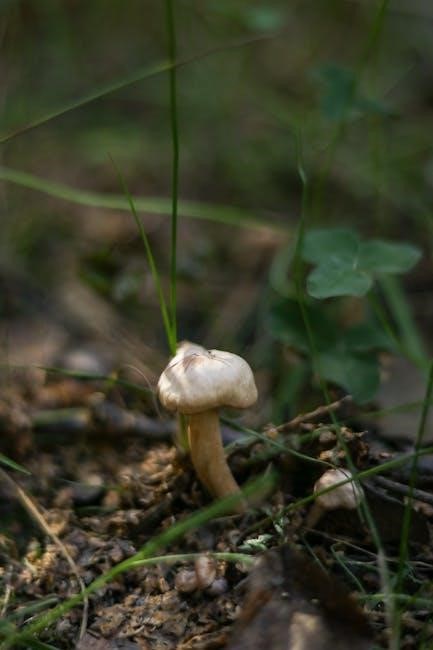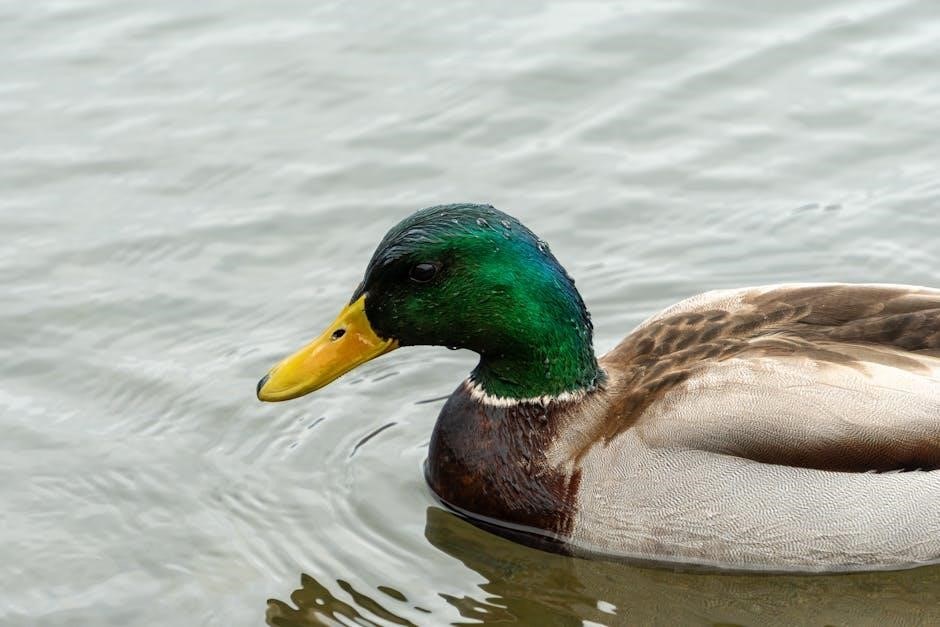Discover the fascinating world of mushrooms in Colorado with our comprehensive guide, featuring various species and
- tips
for beginners, using internet research as a starting point always.
Important Note
Please note that this guide is not a replacement for professional advice or a field guide, it is essential to consult with an expert before handling or consuming any wild mushrooms, as stated on various online resources, including websites and forums, where users share their experiences and knowledge about mushroom hunting in Colorado, and it is crucial to be aware of the potential risks and dangers associated with mushroom foraging, and to always prioritize caution and safety when exploring the world of mushrooms in Colorado, and to remember that proper identification and handling techniques are essential to ensure a safe and enjoyable experience, and to consult with a medical professional or a trusted field guide in case of any uncertainty or doubt, and to follow all necessary precautions and guidelines when foraging for wild mushrooms.
Recommended Field Guides for Colorado
For a comprehensive understanding of Colorado’s mushrooms, several field guides are highly recommended, including Mushrooms of the Rocky Mountain Region, which provides detailed descriptions and illustrations of various species, and Colorado Mushrooms, a valuable resource for beginners and experienced foragers alike, featuring a wide range of information on habitat, distribution, and identification, as well as tips for sustainable foraging and conservation, and online resources such as First Nature, which offers a wealth of information on mushroom identification, habitat, and distribution, and other online forums and communities, where users share their knowledge and experiences, and provide recommendations for field guides and other resources, making it easier for enthusiasts to explore the world of mushrooms in Colorado, and to stay up-to-date with the latest information and discoveries in the field of mycology.

Types of Mushrooms in Colorado
Colorado is home to a diverse range of mushroom species, with various
- types
and characteristics, found in different regions and habitats, always unique.
Agaricus Avensis
Agaricus avensis, also known as the horse mushroom, is a species of mushroom found in Colorado, typically growing in fields and meadows, with a distinctive appearance and characteristics, including a cap that ranges in color from white to light brown, and a stem with a ring. The gills are free from the stem and are initially pink, later turning brown as the spores mature. This species is considered edible, but caution should be exercised when collecting wild mushrooms, as some species can be toxic. According to internet research, Agaricus avensis is a relatively common species in Colorado, and can be found in a variety of habitats, including forests and grasslands, with a preference for rich soil and moist environments, making it a popular species among mushroom enthusiasts, with a unique flavor and texture, and a range of culinary uses.
Ganoderma Applanatum
Ganoderma applanatum, commonly known as the artist’s conk, is a unique and striking mushroom species found in Colorado, characterized by its distinctive fan-shaped or semicircular cap, typically growing on trees, stumps, or other decaying wood. The cap is usually brown to grayish-brown in color, with a woody texture, and can grow up to 30 cm in diameter. This species is not considered edible, but is highly valued for its medicinal properties, and is often used in traditional medicine, with a range of potential health benefits, including antioxidant and anti-inflammatory effects. According to internet research, Ganoderma applanatum is a relatively common species in Colorado, and can be found in a variety of habitats, including forests and woodlands, with a preference for coniferous trees, and a unique growth pattern, making it a popular species among mushroom enthusiasts and researchers, with a range of interesting characteristics and properties.

Edible Mushrooms in Colorado
Colorado offers various edible mushroom species, including oyster mushrooms, with guides and online resources available for identification and preparation purposes always using internet research.
Golden Chanterelle
The golden chanterelle is a well-known edible mushroom species in Colorado, recognizable by its fruity smell and yellow to golden color, with a funnel-shaped cap and wrinkled surface.
It can be found in forests and near recently burned areas, typically growing in clusters, and is considered a delicacy by many mushroom enthusiasts.
The golden chanterelle is also known as Cantharellus cibarius, and its average size ranges from 1 to 4 inches in diameter, making it a popular choice for cooking and eating.
With its unique appearance and flavor, the golden chanterelle is a highly sought-after mushroom species in Colorado, and can be used in a variety of dishes, including soups, stews, and sauces, and is often paired with other ingredients to enhance its flavor.
Online resources and field guides provide more information on identifying and preparing golden chanterelle mushrooms.
Mushroom identification requires careful observation and attention to detail, and the golden chanterelle is no exception, with its distinctive characteristics and habits making it a popular choice for mushroom hunters.
Overall, the golden chanterelle is a unique and delicious mushroom species that can be found in Colorado.
Oyster Mushrooms, Boletes, and Chanterelles
Oyster mushrooms, boletes, and chanterelles are some of the most common edible mushroom species found in Colorado, with each having unique characteristics and growing habits.
These mushrooms can be found in various environments, including forests, fields, and near water sources, and are often sought after by mushroom enthusiasts for their flavor and nutritional value.
A combination of online research and field guides can provide valuable information on identifying and preparing these mushroom species.
Mushroom hunters in Colorado can expect to find a variety of oyster mushrooms, boletes, and chanterelles, each with its own distinct features and habitats.
The North American Audubon Mushroom Field Guide is a useful resource for learning about these species and how to identify them.
With proper identification and preparation, oyster mushrooms, boletes, and chanterelles can be a delicious and rewarding addition to any meal, and are a great way to experience the diversity of Colorado’s mushroom population.
Online forums and communities can also provide valuable insights and tips for mushroom hunting in Colorado.

Mushroom Identification and Preparation
Learn about mushroom identification methods and
- preparation
techniques using internet resources always.

Identification Tips
To identify mushrooms in Colorado, it is essential to examine the cap, gills, and stem, using a combination of internet research and field guides, such as the North American Audubon Mushroom Field Guide, which provides detailed descriptions and images of various species. A key factor in identification is the habitat, including the type of trees and soil, as some species are specific to certain environments. Additionally, observing the mushroom’s size, shape, and color can help narrow down the possibilities, and using online resources, such as mushroom identification apps, can also be useful. By considering these factors and using multiple resources, individuals can increase their confidence in identifying mushrooms, and learn about the various species found in Colorado, including their characteristics and habitats, which is crucial for safe and successful foraging. Using internet resources and field guides is highly recommended.
Orange Peel Fungus
The orange peel fungus, a unique and fascinating species, can be found in Colorado, with its distinctive appearance and characteristics, making it a popular topic among mushroom enthusiasts, who often share their findings and photos on internet forums and social media platforms. According to various online sources, including the North American Audubon Mushroom Field Guide, this fungus is technically edible, but it doesn’t have a distinct flavor, which may be a disappointment to some foragers. However, its unique feature is that when blown on, it emits a small cloud of spores, which can be an interesting observation for nature lovers and mushroom enthusiasts alike. By exploring online resources and field guides, individuals can learn more about the orange peel fungus and its habits, including its preferred habitats and growth patterns, which can be useful for those interested in discovering this species in Colorado. Internet research provides valuable insights.
Final thoughts on the Colorado mushroom guide are summarized using internet research and online resources always.
The information provided in this guide is for entertainment purposes only, using internet research as a starting point, and should not be considered as professional advice or a substitute for expert guidance.
The authors and publishers of this guide are not responsible for any consequences that may arise from the use of this information, and it is the reader’s responsibility to consult with a qualified expert before attempting to identify or consume any mushrooms.
The guide is intended to provide a general overview of the topic, and the reader should exercise caution and common sense when dealing with wild mushrooms, using online resources and other materials to supplement their knowledge.
By using this guide, the reader acknowledges that they have read and understood the disclaimer and releases the authors and publishers from any liability, according to the terms of the internet research used to create the guide.
Final Thoughts
The key to a successful and enjoyable mushroom hunting experience is to approach it with caution and respect, taking the time to learn about the different species and their habitats, and consulting with experts and online forums.
By doing so, readers can gain a deeper appreciation for the natural world and the many wonders it holds, including the diverse range of mushrooms found in Colorado, as discussed in online articles and guides.
Ultimately, the goal of this guide is to inspire readers to explore and learn about the world of mushrooms, and to provide a foundation for further study and exploration, using the internet and other resources to continue their journey, and to stay up to date with the latest information and discoveries.
